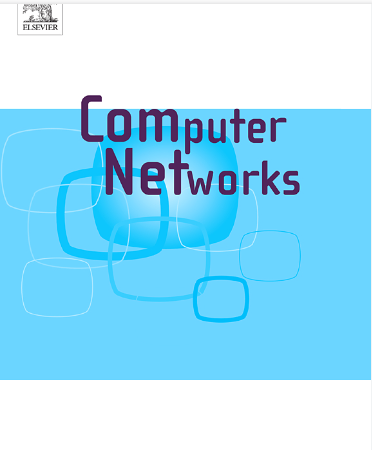Augmenting channel estimation via loss field: Site-trained Bayesian modeling and comparative analysis
IF 4.4
2区 计算机科学
Q1 COMPUTER SCIENCE, HARDWARE & ARCHITECTURE
引用次数: 0
Abstract
Future wireless networks that share spectrum dynamically among groups of mobile users will require fast and accurate channel estimation in order to guarantee varying signal-to-interference-plus-noise ratio (SINR) requirements for co-channel links. There is a need for channel models with low computational complexity and high accuracy that adapt to the particular area of deployment while preserving explainability. In this work, we propose the Channel Estimation via Loss Field (CELF) model, which augments existing channel models using channel loss measurements from a deployed network and a Bayesian linear regression method to estimate a site-specific loss field for the area. The loss field is explainable as a site map of additional radio ‘shadowing’, compared to the channel base model, but it requires no site-specific terrain or building information. For an arbitrary pair of transmitter and receiver positions, CELF sums the loss field near the link line to estimate its shadowing loss. We use extensive indoor and outdoor measurements to show that CELF lowers the modeling error variance of the log-distance path loss base model by up to 68% for prediction, and outperforms 3 popular Machine Learning (ML) methods in variance reduction and training efficiency. To validate CELF’s robustness, it is applied to a different channel base model, the terrain-integrated rough earth model (TIREM), and numerical results show that CELF can reduce the test variance by up to 63%. We further discuss two spatial multipath models for a weight matrix in CELF and observe similar accuracy improvement. To summarize CELF offers a new type of explainable learning model for accurate and fast site-specific radio channel loss estimation.
求助全文
约1分钟内获得全文
求助全文
来源期刊

Computer Networks
工程技术-电信学
CiteScore
10.80
自引率
3.60%
发文量
434
审稿时长
8.6 months
期刊介绍:
Computer Networks is an international, archival journal providing a publication vehicle for complete coverage of all topics of interest to those involved in the computer communications networking area. The audience includes researchers, managers and operators of networks as well as designers and implementors. The Editorial Board will consider any material for publication that is of interest to those groups.
 求助内容:
求助内容: 应助结果提醒方式:
应助结果提醒方式:


